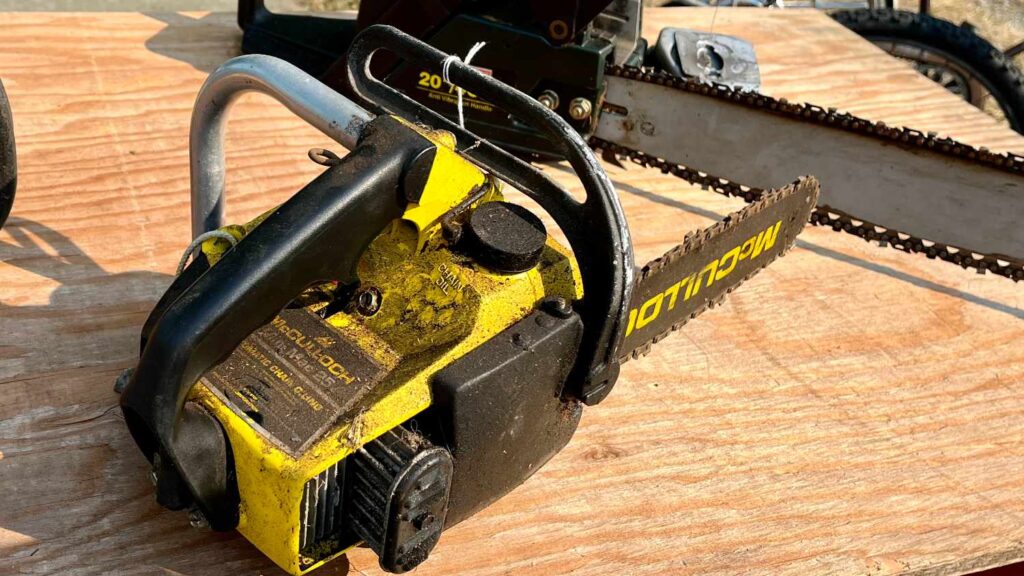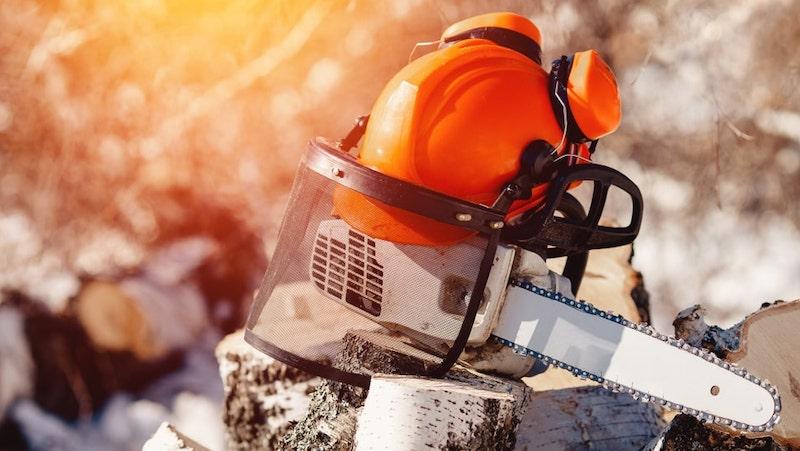At some point, a tree may reach the end-stage in its life cycle. At this point, it may be necessary to have it removed. Although a difficult choice to make trees can sometimes become diseased, get too close to the house, get an incurable pest infestation, or grow too close to a power line.
In most of these cases, the best or right thing would be getting rid of the tree. Although you might have invested many hours getting the tree to where it is presently, it is almost dishonorable to allow the tree to suffer in such poor conditions.
Know when to hire a professional
The tree removal process can get a little tricky, especially if you have little to no experience. Many things can go wrong such as car windows getting knocked out, life treating injuries, or nearby structures being crushed because of poor planning. Once you have decided on following through with the decision to remove the tree, you will need to plan its removal process.
Decide what direction you want it to fall
First, start off by accurately measuring to make sure the tree will completely clear anything it could cause damage to after it falls. Use this time to also map out an escape route that is free from any obstacles.
Once you have the direction the tree will fall planned out, climb up the tree and securely tie two long ropes near the top. This will allow you to make directional adjusts when the tree is being lowered. Anchor them on the opposite side of the direction you want it to fall towards just in case it starts leaning towards anything it could destroy.
Wear appropriate safety gear
Before you start chopping away at the tree, you should wear proper PPE. Head protection is important since these can provide some protection from kickback or stop any wood chips from flying towards your eyes.
Body protection is just as equally important. Safety chaps and proper foot attire can help add an extra layer of security. In general, always be sure to wear proper protection for any exposed parts of your body, when operating any power tool.
Use a Chainsaw
You are ready to begin chopping now that you have taken all the necessary precautions. Using a manually operated saw or axe is not advisable, since chopping down a tree by hand will take you forever. Not to mention this method will not even begin to be as accurate as using a chainsaw. Therefore you should take a step back and reconsider doing this if do not have a chainsaw in your possession.

If you are unable to borrow a chainsaw your next available option is to buy or rent one from your local home improvement store.
Making Cuts
When making the cuts, It is best to cut a sideways “V” (Directional Notch) into the tree. When you cut in a “V,” gives you more control over the exact direction that you want it to fall.
- Position notch in the direction you want the tree to fall.
- Next start off by making the top cut then bottom afterwards.
- Make a horizontal or felling cut on the opposite side of the first two cuts while being care not to have the cuts intersect. The felling cut should line up a few inches opposite from the center of the directional notch. The resulting hinge allows for a better control over the direction action the tree falls. You can use felling wedges for bigger tress.
You should avoid just cutting a straight line into the tree because this can result in the tree rolling to one side or pinching the bar.
Realign if needed
Due to human error during the cutting process, the tree may occasionally sway a few feet off. However, that is where the ropes you first tied come into play. Whoever is assisting you should be able to pull and line it back up with the path you wanted it to take.
This entire process should not take more than an hour. When the tree starts falling proceed to quickly move away from the tree using the escape route previously planned.
Stump removal
Stump removal can be slightly more difficult regardless, you have several choices:
- You can rent a stump grinder. These chippers will destroy the visible section of the stump while producing some good wood chips for the garden.
- You can spend countless hours digging it out. Digging out the stump is much more thorough, but takes forever.
Convert that stump into a landscaping feature. You can use this given opportunity to turn that stump into a flower bed or piece of furniture. Sometimes it is best to work smart instead of hard, so use your imagination and see what you can come up with.
Disclaimer: All information in this article is intended for informational purposes only. Always seek the help of a professional when performing a potentially dangerous task.

